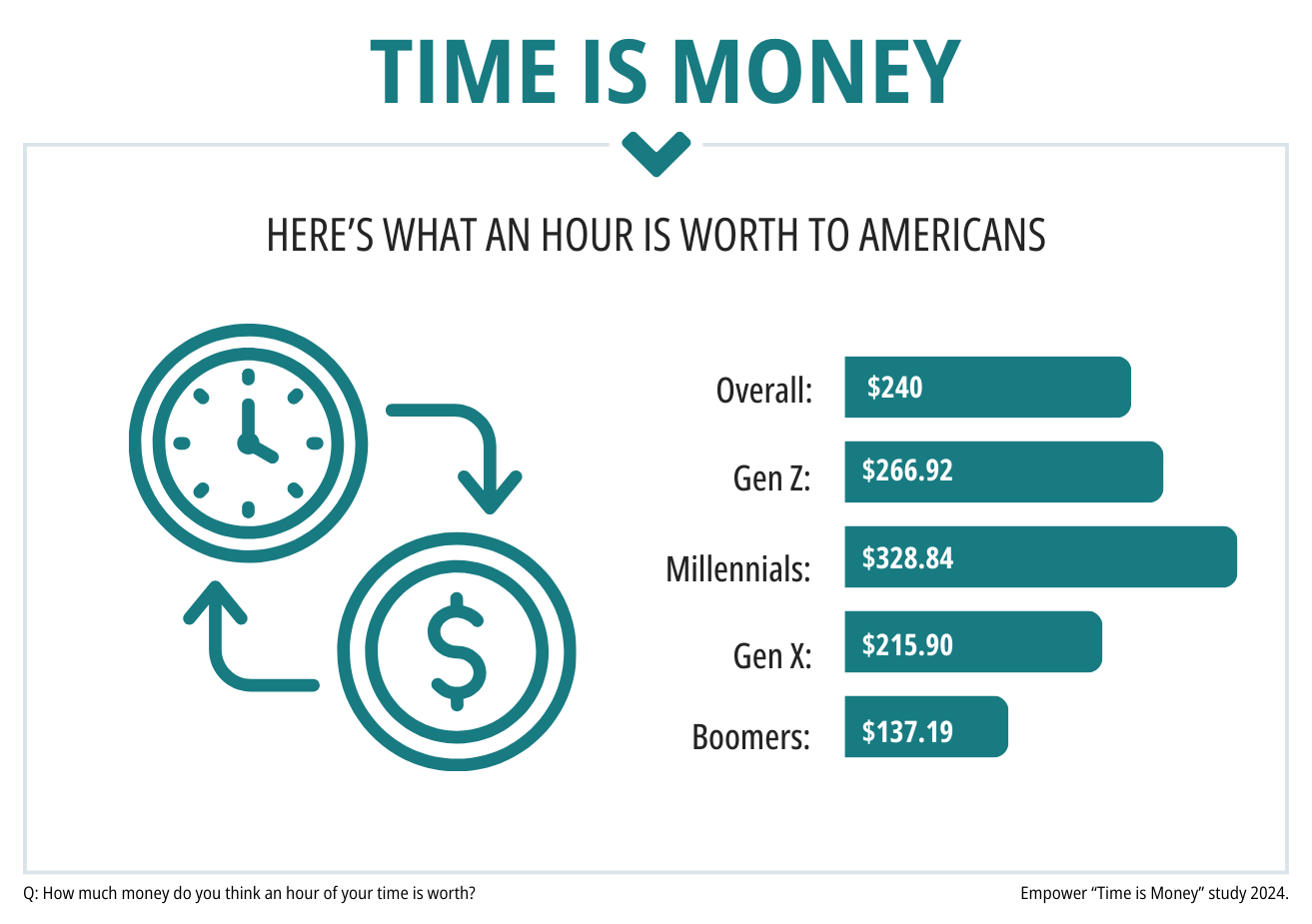The Currency
Nearly 2 in 5 Americans say saving time is more important than saving money (37%), and the value of an hour can vary across generations:
Nearly 2 in 5 Americans say saving time is more important than saving money (37%), and the value of an hour can vary across generations:
Riding the volatility waves
Money
Slug
category--money
For investors with a long-term mindset, managing volatility could offer more than just defense.
How empty-nest homes fit into the housing equation
Life
Slug
category--life
With almost 21 million empty nest homes across the country, a real estate opportunity could be in the works.
Capital markets perspective: Painful interdependence
Money
Slug
category--money
Growth turned negative for the first time in three years, but better-than-expected job numbers may help balance concerns of a softening economy.
















